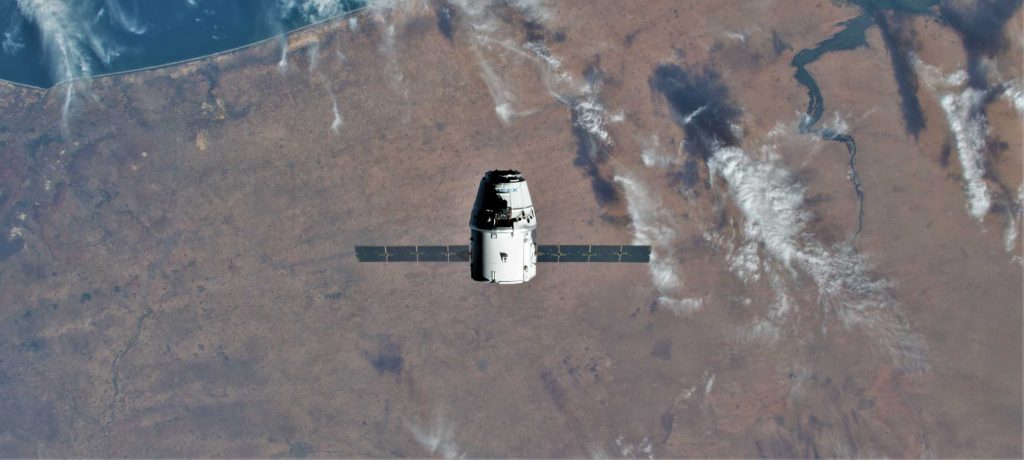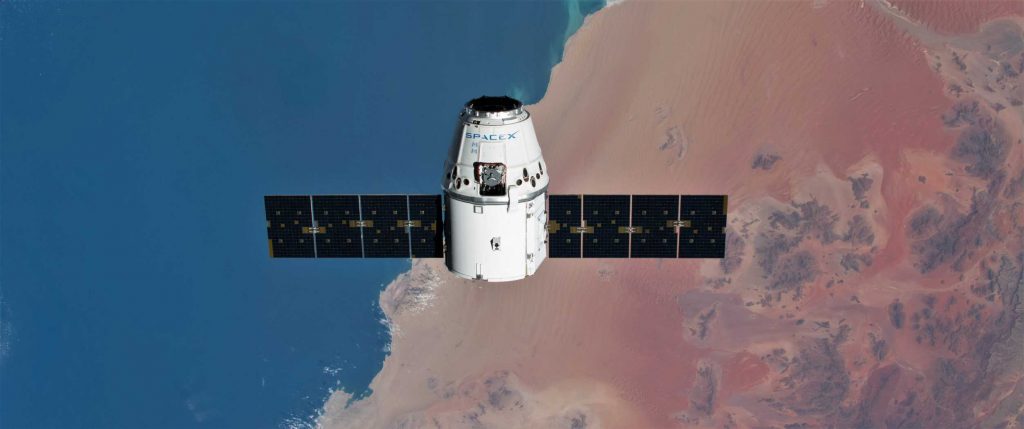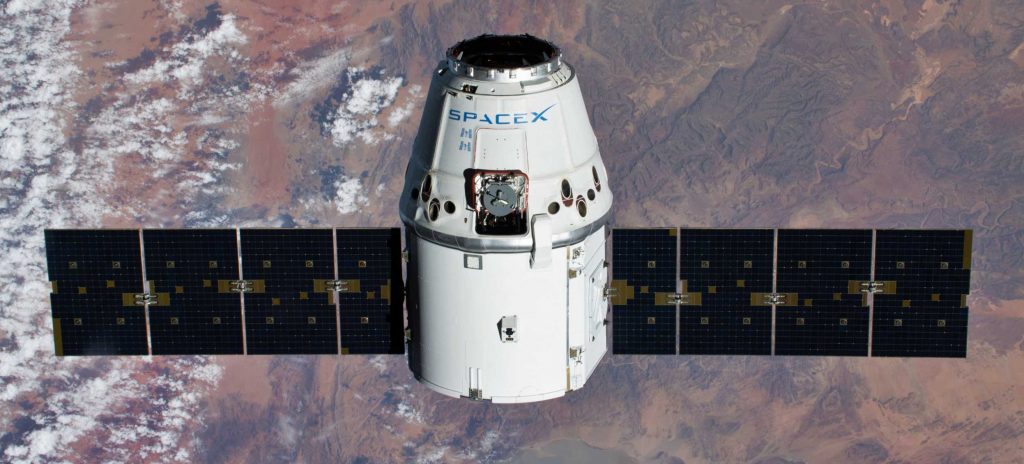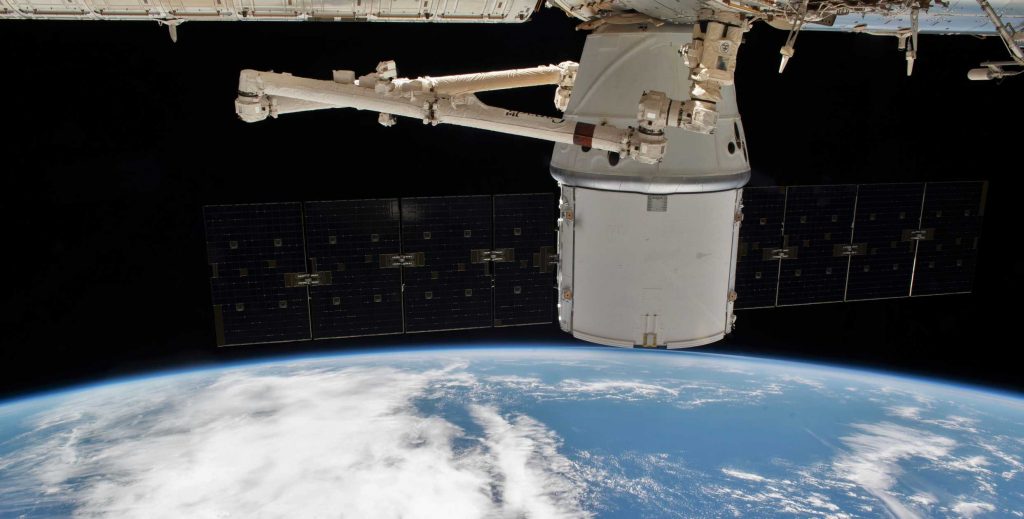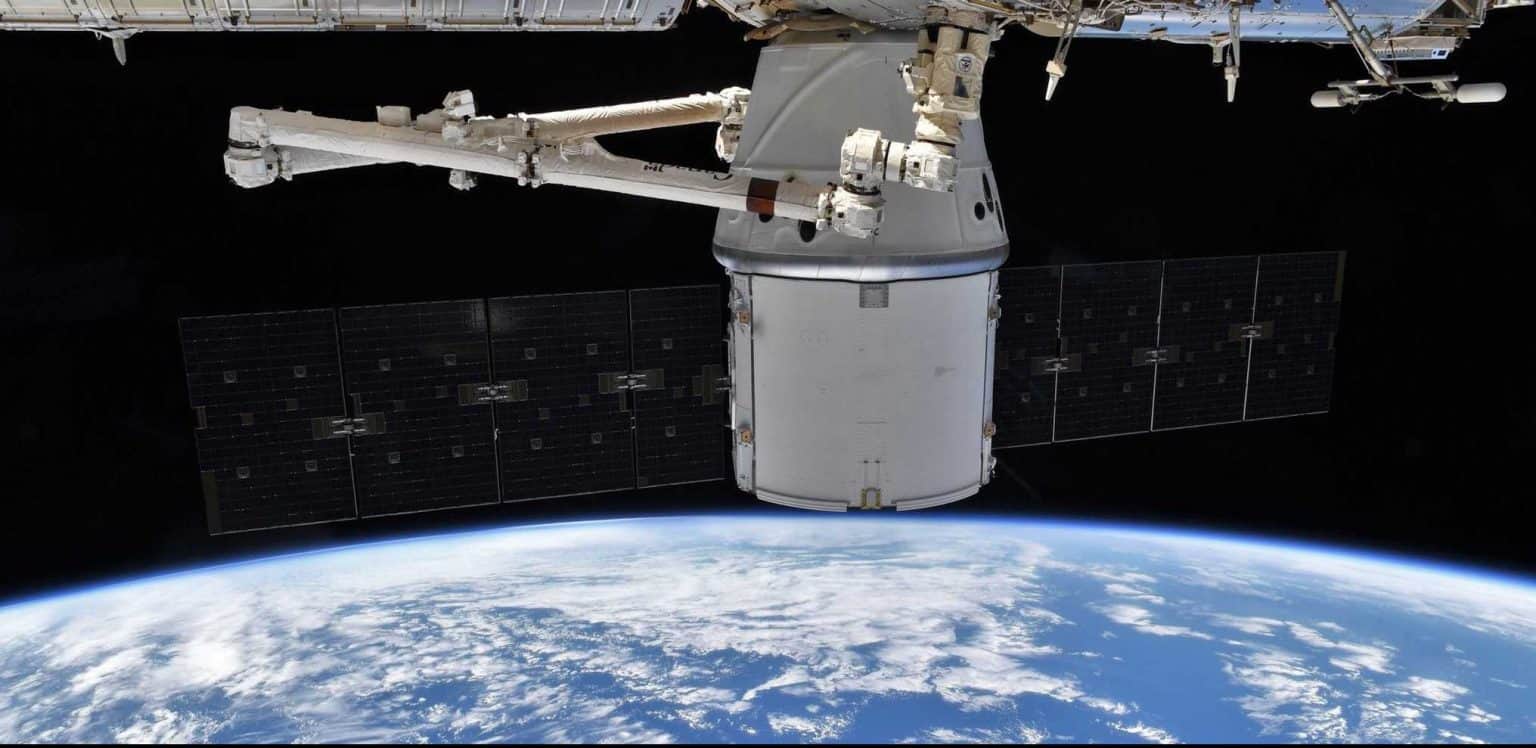On March 9th, SpaceX’s CRS-20 Cargo Dragon completed an uneventful journey to the International Space Station (ISS), where the spacecraft was successfully captured giant robotic arm for the last time.
Barring several major surprises, Dragon’s March 9th capture was the last time a SpaceX spacecraft berthed with a space station for the foreseeable future – possibly forever. Referring to the process of astronauts manually catching visiting vehicles and installing them on an airlock with a giant, robotic arm, berthing is a much younger technology than docking and was developed as an alternative for a few particular reasons. Perhaps most importantly, the Common Berthing Mechanism (CBM) ports used by Cargo Dragon, Cygnus, and HTV spacecraft are more than 60% wider than standard docking ports. In other words, spacecraft that berth can transport substantially larger pieces of cargo to and from the space station.
More significantly, however, the CBM standard came about in large part due to the decision to assemble the ISS out of 16 pressurized segments, each separately launched into orbit. Measuring about 1.25m (4.2 ft) wide, the CBM ports that connect most of the space station’s 16 livable segments make the ISS far more practical for the astronauts that crew it, while also allowing for larger hardware to be moved between each module. With Crew Dragon, design requirements meant that SpaceX had to move from berthing to docking, a trait SpaceX thus carried over when it chose to base its Cargo Dragon replacement on a lightly-modified Crew Dragon design.
Now verging on routine, Cargo Dragon capsule C112 began its final approach to the International Space Station on March 9th, pausing at set keep-out zones while SpaceX operators waited for NASA and ISS approval to continue. After several stops, Dragon arrived at the last hold point – some 10m (33 ft) away from the station – and NASA astronaut Jessica Meir manually steered Canadarm2 to a successful capture, quite literally grabbing Dragon with a sort of mechanical hand.
At that point, Dragon – like a large ship arriving in port with the help of tugboats – is in the hands of external operators. At the ISS, Canadarm2 essentially flips itself around with Dragon still attached, carefully and slowly mating the spacecraft with one of the station’s free berthing ports. Unlike docking ports, the active part of a berthing port is located on the station’s receiving end, where electromechanical latches and bolts permanently secure the spacecraft to the station and ensure a vacuum seal.
Finally, once berthing is fully complete, ISS astronauts can manually open Dragon’s hatch, giving them access to the two or so metric tons (~4000 lb) of cargo typically contained within. All told, the process of berthing is relatively intensive and expensive in terms of the amount of time station astronauts and NASA ground control must spend to complete a single resupply mission. From start to finish, excluding training, berthing takes a crew of two station astronauts some 9-12 hours of near-continuous work from spacecraft approach to hatch open.
One definite benefit of the docking approach Crew Dragon and Cargo Dragon 2 will use is just how fast it is compared to berthing. Because docking is fundamentally autonomous and controlled by the spacecraft instead of the station, it significantly reduces the workload placed on ISS astronauts. Crew members must, of course, remain vigilant and pay close attention during the critical approach period, particularly with uncrewed Cargo Dragon 2 spacecraft. However, the assumption is always that the spacecraft will independently perform almost all tasks related to docking, short of actually offloading cargo and crew.
For now, CRS-20 will likely be SpaceX’s last uncrewed NASA cargo mission for at six months. CRS-21 – Cargo Dragon 2’s launch debut – is currently scheduled no earlier than (NET) Q4 2020. Nevertheless, Crew Dragon’s next launch – also its astronaut launch debut – could lift off as early as May 2020, just two months from now. With both SpaceX’s crew and cargo missions soon to consolidate around a single spacecraft, the odds are good that Dragon 2 will wind up flying far more than Dragon 1, and the start of its increasingly common launches is just around the corner.
